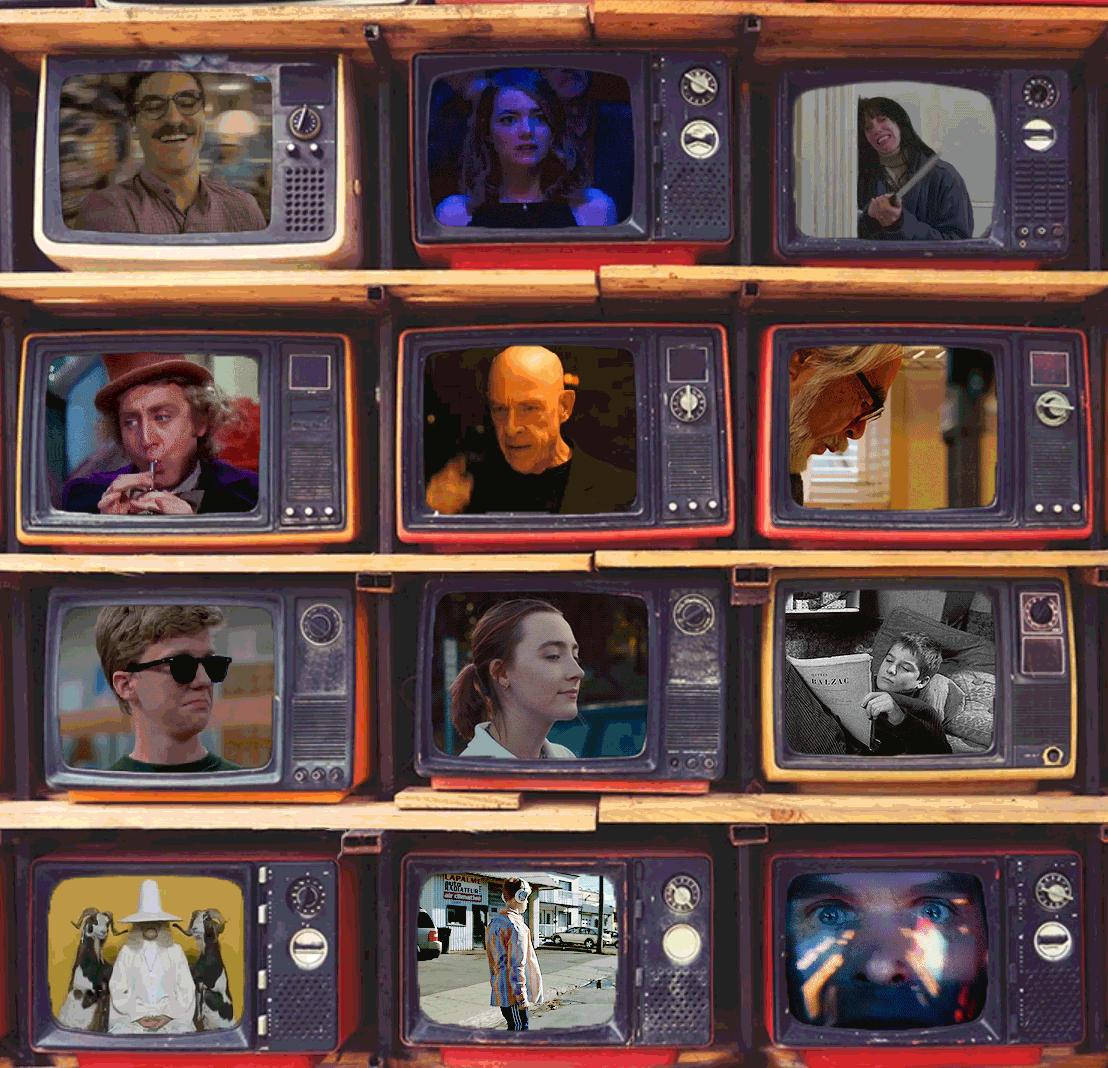New Media in Art: 82-103 Response
This section in the book focuses on the emergence of video art as it relates to Conceptualism and the increasing popularity of television in the American home. As television was becoming an integral part of everyday life, artists understood the effectiveness of communicating with their audience in a televisual way. To add on to this, through advertising, a new consumer society was forming that only worked to perpetuate this television culture. Although television was helpful to early video artists in many ways, the critique of this new television culture was the subject of many early video works.
What I found interesting about this section was the inception of alternative coverage of different events. Today, we are accustomed to seeing coverage of significant events from a multitude of sources (especially the thousands of smaller sources that can be found online). However, a time existed when a few large groups had the ability to create an uncontested narrative. I believe the ability for citizens to tell their stories through video art and the eventual affordability of video equipment is very important.
This section also touches on what constitutes video art as opposed to other video works such as news reporting or documentary. The distinction the author seems to make is in intentionality. The book references some of Nam June Paik's video work as being art because it exists as an extension of his already established artistic practice. Furthermore, the works are not a product for mass consumption; the works exist for the purpose of expression. Although I can perhaps appreciate the greater artistic worth of something that makes a point to disassociate from the commercial sphere, I believe the criteria that the book implies for art (rather than something that is "artful") is splitting hairs over what constitutes video art. If a documentary is made on commission, is it any less art? Who is to have a say in the intentions of a work besides the artist? Is curatorial museum culture really that significant in judging artistic worth?
Rush, Michael. New Media in Art. 2nd ed., New York, Thames & Hudson Inc., 2005.
What I found interesting about this section was the inception of alternative coverage of different events. Today, we are accustomed to seeing coverage of significant events from a multitude of sources (especially the thousands of smaller sources that can be found online). However, a time existed when a few large groups had the ability to create an uncontested narrative. I believe the ability for citizens to tell their stories through video art and the eventual affordability of video equipment is very important.
This section also touches on what constitutes video art as opposed to other video works such as news reporting or documentary. The distinction the author seems to make is in intentionality. The book references some of Nam June Paik's video work as being art because it exists as an extension of his already established artistic practice. Furthermore, the works are not a product for mass consumption; the works exist for the purpose of expression. Although I can perhaps appreciate the greater artistic worth of something that makes a point to disassociate from the commercial sphere, I believe the criteria that the book implies for art (rather than something that is "artful") is splitting hairs over what constitutes video art. If a documentary is made on commission, is it any less art? Who is to have a say in the intentions of a work besides the artist? Is curatorial museum culture really that significant in judging artistic worth?
Rush, Michael. New Media in Art. 2nd ed., New York, Thames & Hudson Inc., 2005.



I also found it interesting about how much Television was influencing everyone based on the availability to everyone. It was becoming so normal for people to have tv sets in their home, so it was obvious for artist to capitalize on the situation and let TV's become more of a tool than just an everyday appliance.
ReplyDelete